Lablab (Lablab purpureus) Forage Seeds | 1kg (MOQ: 5kg)
Lablab (Lablab purpureus) Forage Seeds | 1kg (MOQ: 5kg) (also known as Hyacinth Bean or Dolichos Bean) is a highly versatile, fast-growing, and drought-tolerant leguminous forage crop. This product offers the seeds for establishing a high-protein pasture or forage plot. The 1kg listing with a Minimum Order Quantity (MOQ) of 5kg indicates it is targeted at serious livestock farmers and large-scale forage producers, as 1kg of Lablab seeds typically covers 0.5 – 1 acre depending on planting density.
Description
Lablab (Lablab purpureus) Forage Seeds | 1kg (MOQ: 5kg) is a highly nutritious leguminous forage crop grown for livestock feed, soil improvement, and silage. It produces abundant leafy biomass rich in protein, making it an excellent supplement to grass-based diets. The crop is drought-tolerant, adapts to a wide range of soils, and fixes atmospheric nitrogen, improving soil fertility for subsequent crops. Lablab can be grazed directly, cut and carried, or mixed with grasses for silage and hay production.
Key Features of Lablab (Lablab purpureus) Forage Seeds | 1kg (MOQ: 5kg):
- High protein content (18–22%) for improved livestock growth.
- Excellent drought resistance and adaptability to tropical climates.
- Enhances soil fertility through nitrogen fixation.
- Suitable for silage, hay, or grazing systems.
- Can be intercropped with maize, sorghum, or grasses.
Characteristics:
- Botanical Name: Lablab purpureus
- Growth Type: Perennial legume (often grown annually)
- Seeding Rate: 20–25 kg/ha (broadcast or drilled)
- Maturity Period: 90–120 days
- Crude Protein: 18–22%
- Yield Potential: Up to 25–30 tons of green fodder per hectare
Applications:
- Livestock feeding (cattle, sheep, goats)
- Mixed fodder or silage with grasses
- Green manure and soil fertility improvement
- Cover crop for erosion control
How to Use:
- Land Preparation: Fine-tilled seedbed with moderate organic matter.
- Planting: Sow at 2–3 cm depth, spacing 30–45 cm between rows.
- Watering: Moderate watering; avoid waterlogging.
- Fertilization: Minimal nitrogen required; apply phosphorus if soil is poor.
- Harvest: Cut at 50% flowering stage for best quality and regrowth potential.
Establishment & Planting Guide:
Land Preparation: A fine, firm seedbed is ideal for good germination.
Inoculation: CRITICAL STEP. Lablab requires a specific rhizobium inoculant (often Group L) to ensure effective nitrogen fixation. Always inoculate the seeds just before planting.
Planting Method:
- Sowing Rate: 5-15 kg per hectare (approx. 2-6 kg per acre). The 5kg MOQ is suitable for 1-2.5 acres.
- Sowing Depth: 2-5 cm deep in moist soil.
- Spacing: Can be broadcast or drilled in rows 30-50 cm apart.
Companion Planting: Often grown in a mix with grasses (e.g., Maize, Sorghum) or other legumes to create a balanced and sustainable pasture.
Management & Utilization:
- Grazing: Begin grazing when plants are well-established (about 50-60 cm tall). Avoid overgrazing; leave a stubble height for regrowth.
- Hay & Silage: Ideal for cutting when plants begin to flower. It makes excellent, protein-rich hay.
- Soil Fertility: Can be used as a green manure crop, plowed under to enrich the soil with organic matter and nitrogen.
Target Audience & Ideal Use:
- Dairy & Beef Farmers: As a high-protein supplement to boost milk yield and animal growth, especially during dry seasons.
- Small Ruminant Farmers: Excellent for goats and sheep.
- Sustainable Farmers: For crop rotation systems to break pest cycles and improve soil health.
- Pasture Rejuvenation: To introduce quality forage and nitrogen into degraded grasslands.
Cautions / Recommendations:
- Avoid overgrazing to ensure regrowth.
- Store seeds in a cool, dry place before planting.
- Best suited for tropical and subtropical regions.
Additional information
| Weight | 2.6 kg |
|---|







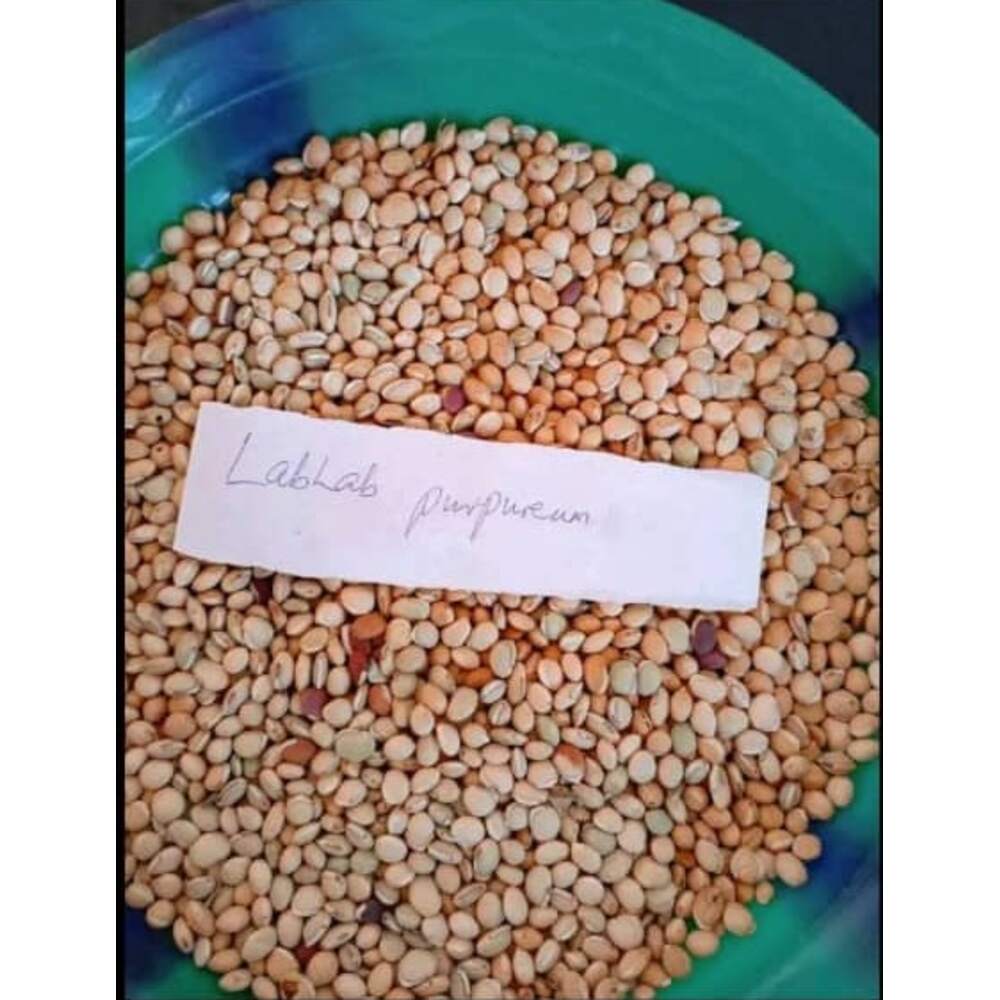
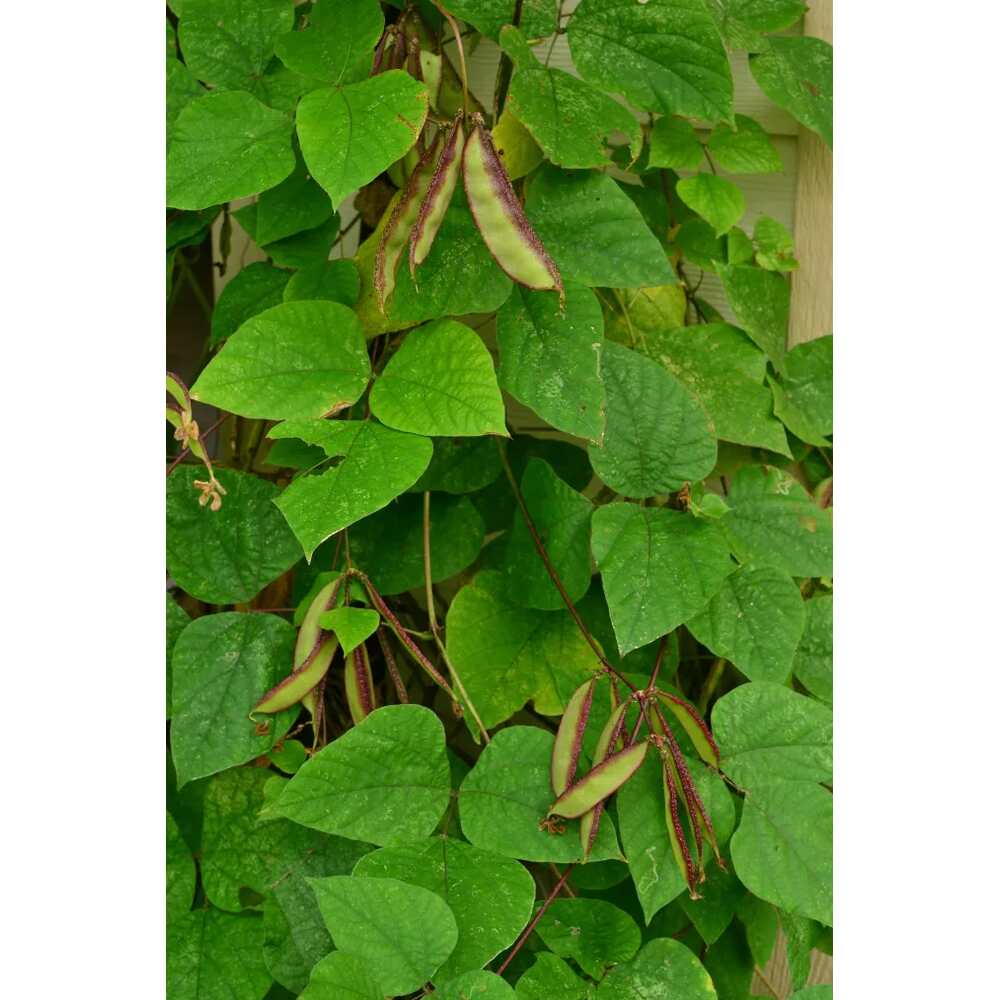
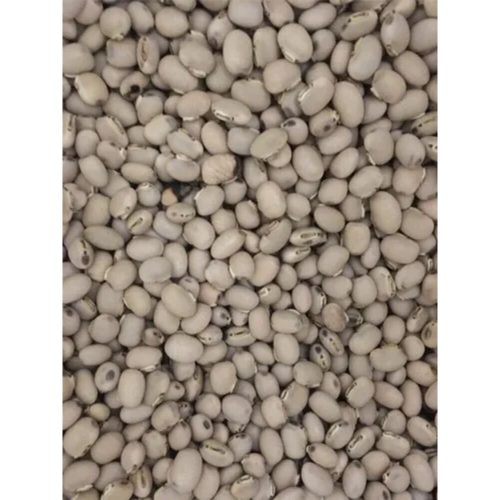
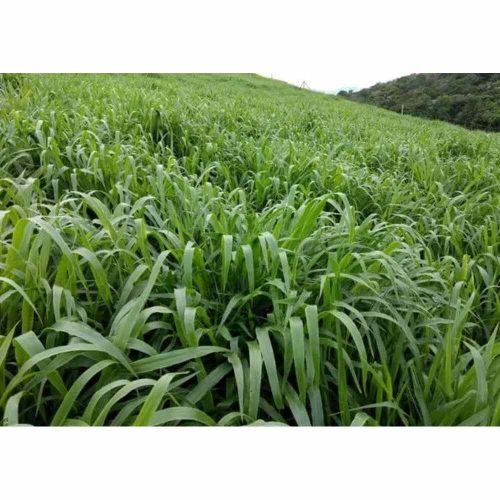
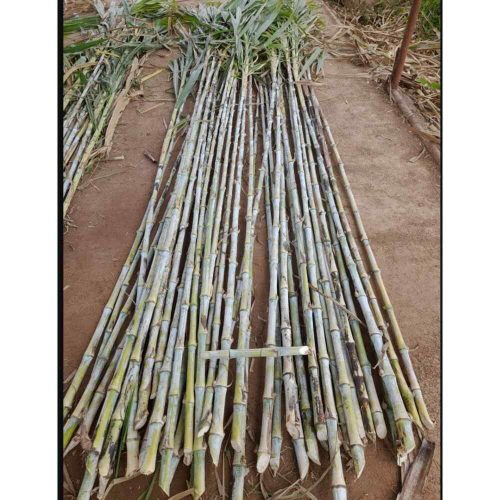



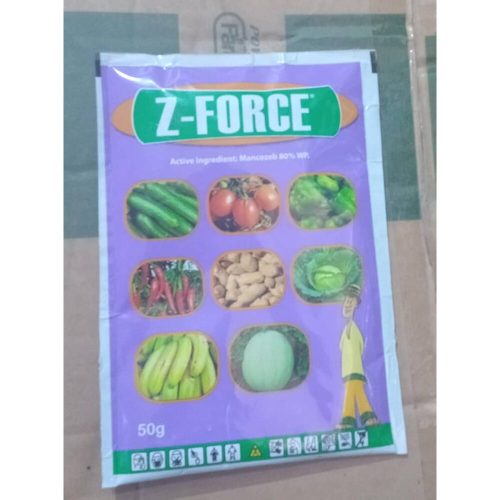

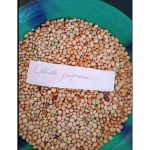
Reviews
There are no reviews yet